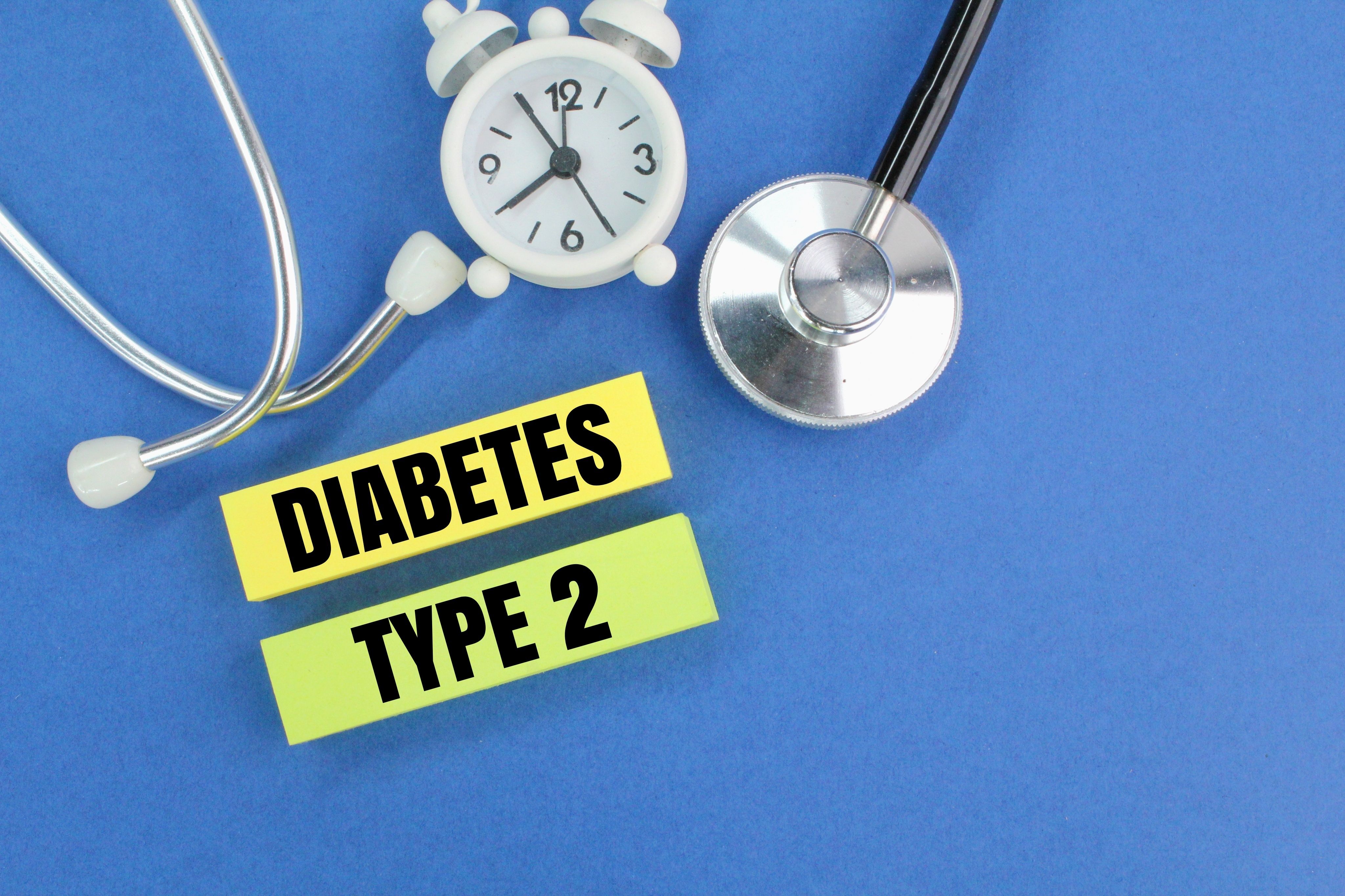
Endocrinology
Latest News
Latest Videos

Shorts

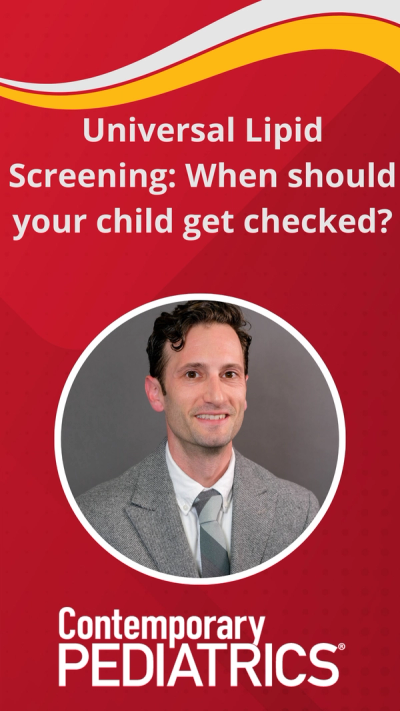
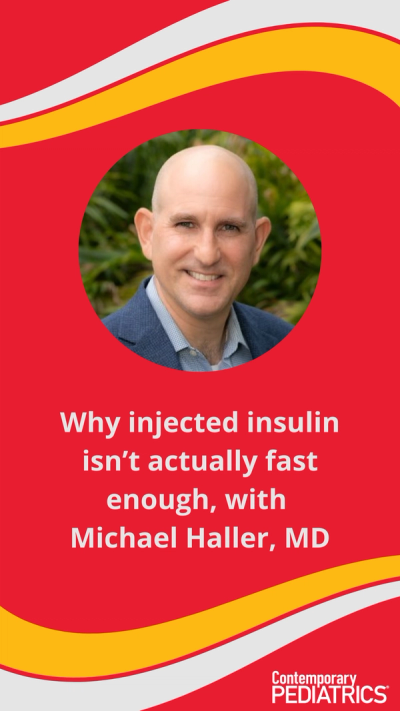
Podcasts
CME Content
More News

Richard Auchus, MD, PhD, discusses how crinecerfont is improving CAH care and easing the transition from pediatric to adult management.

The FDA accepted Eton Pharmaceuticals' NDA for ET-600 for pediatric arginine vasopressin deficiency, with a target action date in February of 2026.

The combination therapy yielded boosted treatment benefits of navepegritide, including improvement in mean ACH Z-score and mean annualized growth.

With the new drug application accepted with priority review, the FDA has assigned a date of November 30, 2025, to complete its review for potential approval.

The decision makes hydrocortisone oral solution (Khindivi; Eton Pharmaceuticals) the only FDA-approved oral formulation of hydrocortisone.

Somapacitan was non-inferior and had a similar safety profile and clinical outcomes compared to once-daily somatropin in improving yearly growth rates.

Most want to start the conversation, but confidence and timing vary.

The FDA is warning diabetes patients that information from CGMs, insulin pumps, and automated dosing systems could fail to be delivered if smartphone settings are not properly configured.

The primary endpoint was non-inferiority in HbA1c levels after 26 weeks.

A further understanding of the role SARS-CoV-2 plays in T2D incidence can add an important component to benefit and risk considerations to prevent COVID-19.

Look back at several quick video interviews discussing the expanding role of artificial intelligence, how RSV treatment has evolved, and much more.

Brittany Bruggeman, MD, highlighted the ability to predict type 1 diabetes months to years in advance through islet autoantibodies, and how the pediatrician can play a role.

This decision marks the second time the FDA has issued a complete response letter (CRL) for dasiglucagon to treat hypoglycemia in patients 7 days and up with congenital hyperinsulinism.

Andrew Dauber, MD, MMSc, of Children's National Hospital joined us to discuss potential advantages of LUM-201 as it goes through the clinical pipeline.

Linda DiMeglio, MD, MPH, joined us to discuss the “Consensus Guidance for Monitoring Persons with Islet Autoantibody-Positive Pre-Stage 3 Type 1 Diabetes."

Andrew Dauber, MD, MMSc, of Children's National Hospital joined us to talk PGHD and the role of the pediatrician when it comes to treatment.

The USPSTF statement aligns with the 2015 recommendation on insufficient evidence for pregnancy iron deficiency screening or supplementation.

The most common comorbid conditions were endocrinopathies (10%), trisomy 21(5%), and attention-deficit/hyperactivity disorder (4%).

Diamyd to improve glycemic control in recently diagnosed stage 3 Type 1 Diabetes patients with the genotype HLA DR3-DQ2 was granted Fast Track designation by the FDA in February 2024.
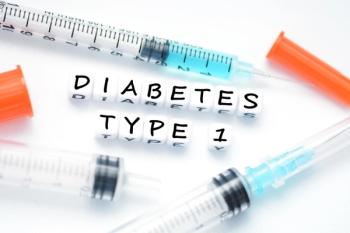
"Taken together, our findings suggest the relative protection associated with having a mother versus father with type 1 diabetes is a long-term effect that extends into adult life," stated study investigators.
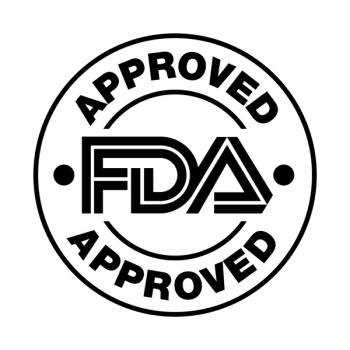
The decision is based on statistical significance achieved in the T2NOW trial, which demonstrated reduction of A1C.

The primary outcome was an elevated HbA1c level greater than or equal to 5.7% (prediabetes or undiagnosed presumed T2D).

Drugs like semaglutide and liraglutide were dispensed at unprecedented increased rates for adolescents and young adults over a span of just 4 years.

Investigators found that higher baseline HbA1c was associated with greater T2D risk.

The FDA has approved lutetium Lu 177 dotatate for pediatric patients with somatostatin receptor-positive gastroenteropancreatic neuroendocrine tumors.




